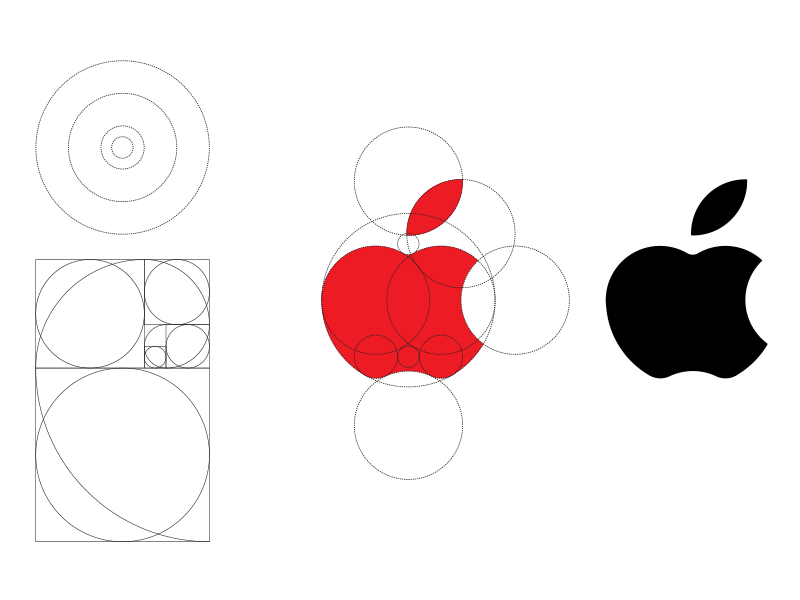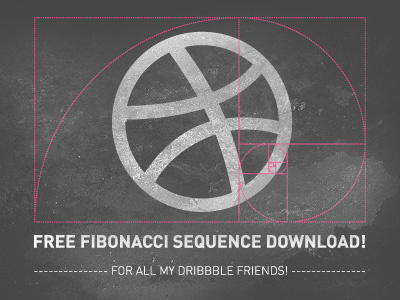
We touched on it i n this post when we discussed Metrie Mouldings. It has to do with the mathematical element that is connected to every organic thing in the Universe, including our galaxy and others. The proportion is all wrong.īut getting back to the formula for perfect architectural proportions. Or, the mirror is too small for the chest it’s going over and the wall it’s on. Some folks use them interchangeably, but they are two different concepts.įor instance. But scale is not dependent on something else.
Goldenratio dreaming in 1.618 how to#
Or, at least how to get the proportions correct.īy the way, proportion is the scale compared to some other thing. Well, today, I’m going to show you a relatively easy way to figure it all out. Good question, huh? Well, actually, yes, there is!Īnd, I think it’s an important topic because I am frequently asked “How high should the wainscoting be?” “What size should the crown moulding be?” “What about the fireplace mantel?” In addition we also looked at classical interior architecture a week ago.īut, I want to get back to the classical architecture, because I would like to discuss in greater detail how we arrive at the perfect architectural proportions for our homes.

Plus, it’s always a good idea to hone the bones of our rooms, if possible.Īnd, I’m so glad that most of you enjoyed the last post about the hideous mcmansions. However, for those who prefer other types of posts, I don’t want to make you feel unheard. And, I will most likely get back to them. I know that many of you want me to continue with the mcmansions. For now, I will leave you with a drawing of the numbered squares that form the Fibonacci Spiral.This has been a very architectural time recently.
Goldenratio dreaming in 1.618 series#
In fact, you could continue this pattern forever, and eventually, the series of squares will all form into a spiral.a Fibonacci Spiral. The green square measures 5x5, the red one is 8x8 and now it shouldn't surprise you to learn that the orange square is 13x13, followed by the yellow square which of course now measures 21x21. Next, the brown square right below it is then 2x2, and the blue square that follows is 3x3. You can start way down inside the repeating pattern of rectangles and squares and think of that innermost rectangle(the bright pink one) as TWO squares that each measure 1x1. Now this is where it gets really cool, and we'll probably stop here for today. And that rectangle always has a length and width whose respective length ratio is phi. Each time you cut off a square, you end up with a new (smaller) rectangle. What's so interesting is that this pattern can continue forever. The thing is, we could then cut the new rectangle (A) into a square, again with side length equal to the shorter side of the rectangle, and that would leave another rectangle. We now have a square, which measures b by b, and a rectangle. If you were to take a Golden Rectangle and cut from it a square whose length is the shorter side of the rectangle, it would look like this: Let's take a look quickly at how this 'golden' rectangle works. That one in the middle is pretty sexy, isn't it? Here is a rectangle whose dimensions reflect the Golden Ratio, along with several that do not. It's known as the Golden Ratio (among other names). Those values are not the same, and yet as we work our way through the sequence, the ratios all approach this special value we call 'phi', which is approximately 1.618. Remember the Golden Ratio, the ratio of consecutive numbers in the sequence? For example, we looked at the ratios 8/5, 13/8, 21/13, 34/21, etc.


Now why does this one rectangle stand out to me? What is it about its dimensions that make it seem so 'perfect'? Ah, this is where Fibonacci comes in. It's orange, and it lies just below a long skinny orange rectangle. One that immediately jumps out at me is near the top middle of this collection. I don't know what it is, but they are pleasant to look at and just catch your eye. You see, some rectangles are long and skinny, while others are so even in their dimensions they almost look like squared (the green rectangle toward the bottom middle, for example).īut there are certain rectangles that just seem to look 'right'. Can you figure out which one it is? Which rectangle looks 'just right'? The shape is a rectangle and this very special rectangle is one of those shown to the left. But there is a very simple geometric shape that defines this ratio and which serves as a starting point for just about all of the geometric instances of Fibonacci. We've talked briefly about the Golden Ratio, or the Golden Mean (the number 'phi', which is approximately 1.618.). But before we get to looking at those applications, famous faces, buildings, etc., I'd like to introduce you to something new. We're fast approaching some really fascinating applications of this number 'phi' and the Fibonacci sequence.


 0 kommentar(er)
0 kommentar(er)
